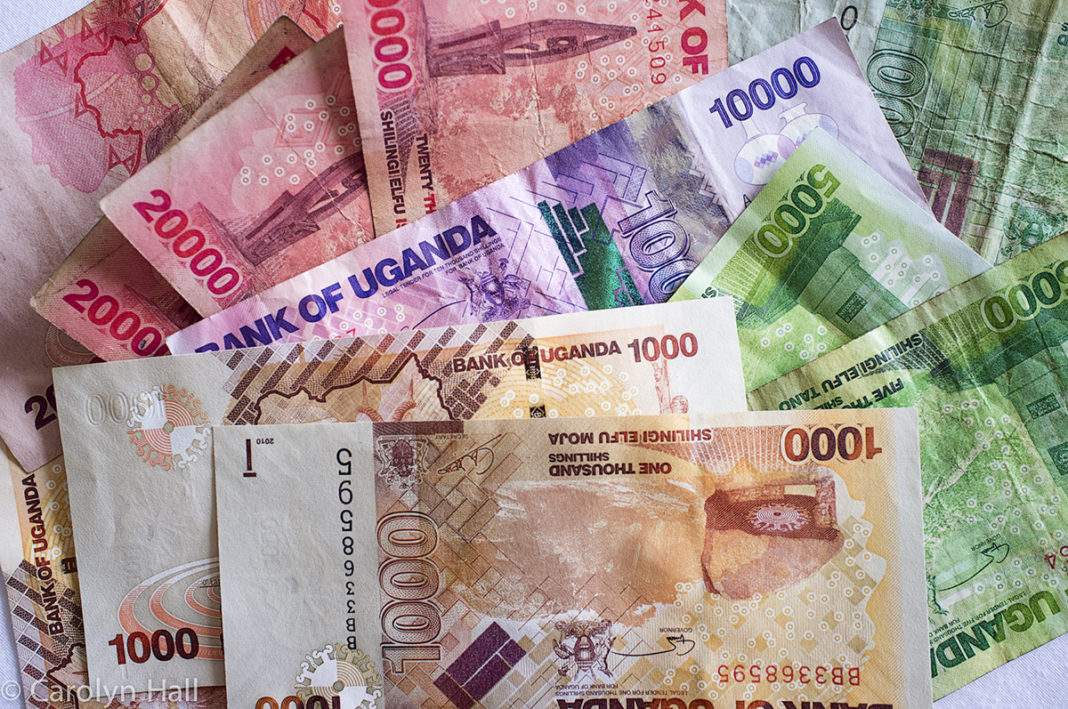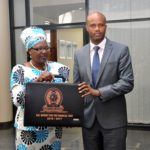The campaign to reform currencies in the East African Community (EAC) is still on as the regional parliament, the East African Legislative Assembly (EALA), prepares laws for setting up major institutions.
Reports indicate that EALA committees have begun collecting views and suggestions on the East Africa Monetary Institute (EAMI) Bill, 2017 and the Statistics Bureau Bill, 2017, which had earlier passed through the first and second readings. The bills are part of those that will drive the EA Monetary Union, which was first slated for 2012.
The Monetary Institute Bill seeks to set up EAMI as an agency to initially perform the role of a regional central bank. It will be expected to craft policies required to back a single currency. Kenya has requested to host the institute.
On the hand, the EA Statistics Bureau Bill is expected to create a regional body similar to European Union’s Eurostat, responsible for gathering data to guide decision making within the EAC Monetary Union.
EALA’s Committee on Communications and Trade is currently engaging with stakeholders on the regional Statistics Bureau Bill while its General Purpose Committee is handling views on the EAC Monetary Institute Bill.
The East African ministers, including Uganda’s minister for East African Community Affairs Dr Kirunda Kivejinja, are among the stakeholders on queue to exchange views with the EALA committees.
“The Council of Ministers for EAC is thus expected to meet with the committees to thrash out key matters on both Bills,” EALA says in a statement.
Others, which must be established to pave way for a regional currency, include the East African Financial Services and the East African Surveillance, Compliance and Enforcement Commission.
The East African Monetary Union protocol lays the framework for a monetary union within 10 years during which the partner States will progressively converge their currencies into a single currency for the bloc.
However, Uganda, Kenya, Tanzania, Rwanda, Burundi and South Sudan must meet specific targets on public debt management, inflation, foreign reserves and fiscal deficit by 2021 to pave the way for the single currency.
The Member States are required to keep their debt-to-GDP ratio at no more than 50 per cent and maintain fiscal deficit at not more than three per cent of the GDP.
They must also keep overall inflation at eight per cent and hold foreign exchange reserves worth 4.5 months of imports.
The EAC single currency, if established, will help ease trade among member countries, which is not the case now as businessmen who transact across national borders have exchange their national currencies into US dollars.
Currently Uganda, Kenya, and Tanzania currencies are denominated in Shillings while Rwanda and Burundi use Rwandan Francs and Burundian Francs respectively. South Sudan uses South Sudanese Pound a medium of exchange. The Kenyan Shilling is the strongest in the region.







